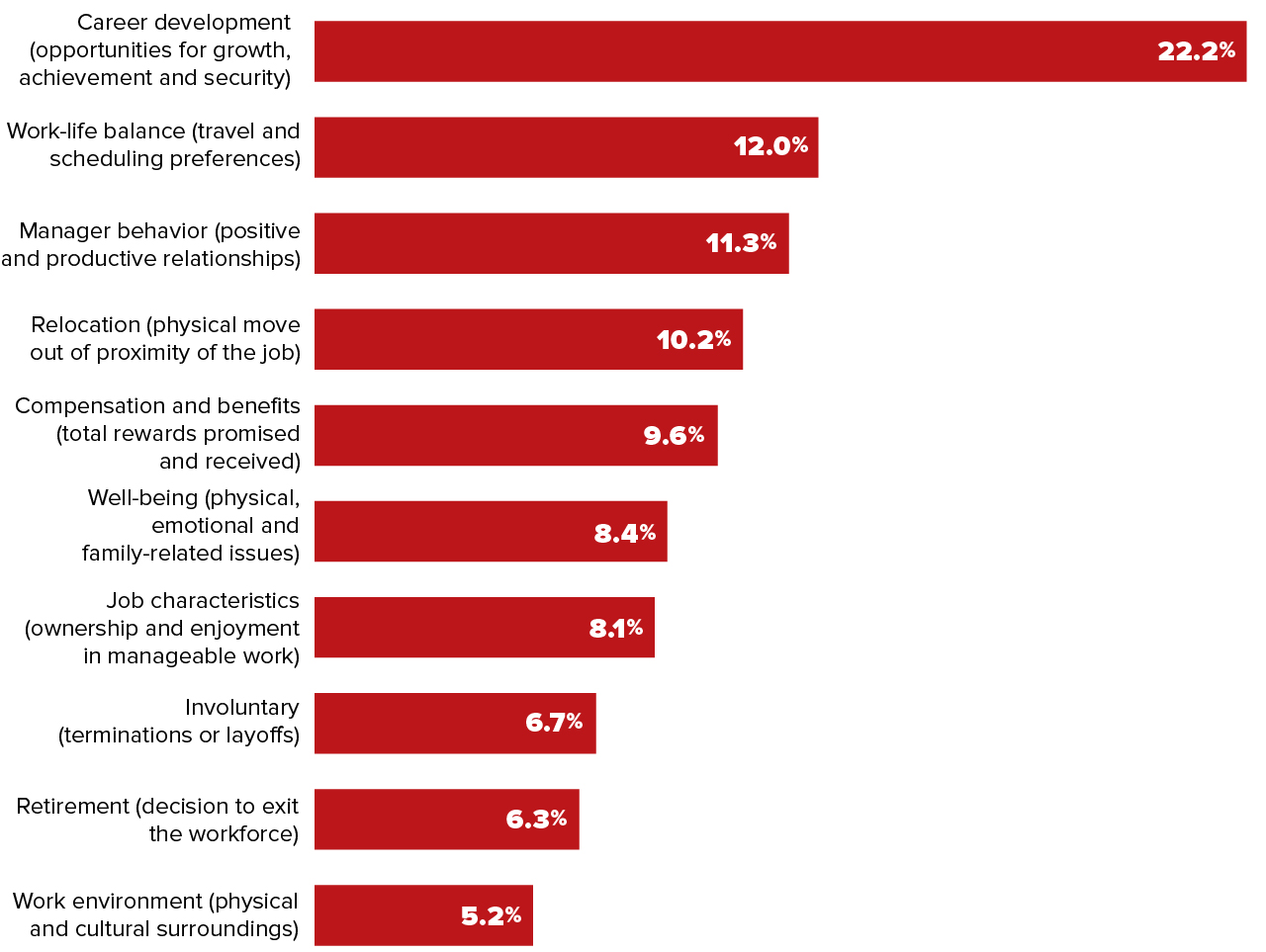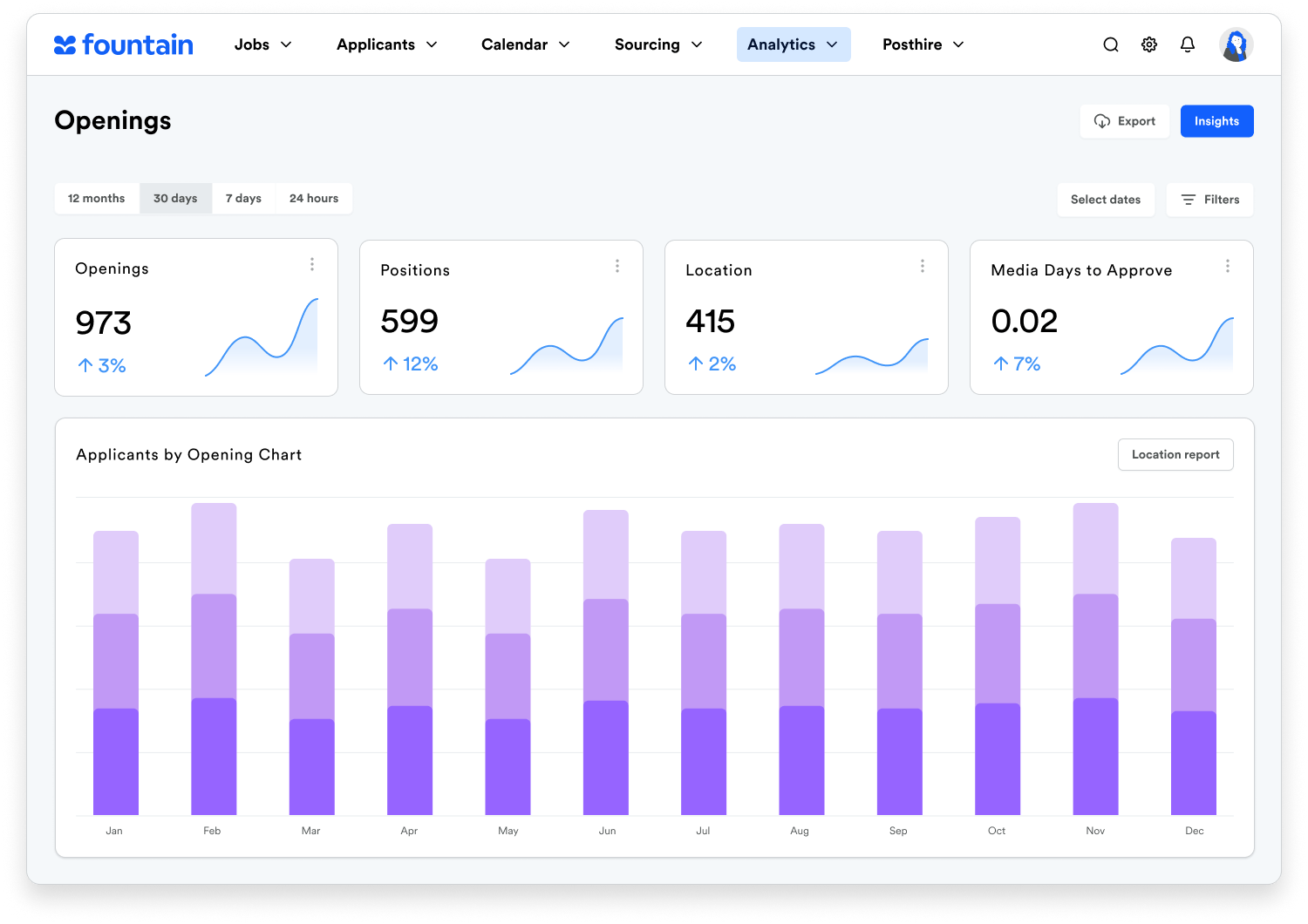Recruiting leaders have a lot on their shoulders: They’re constantly having to navigate the ever-changing hiring needs of the company while also working to establish an effective employer brand to attract high-quality candidates. But recruiting in the retail industry is a whole different challenge.
The retail industry is notorious for having a high employee turnover rate. As of 2020, retail and e-commerce had a turnover rate that was 1.5 times that of all other industries.
Not only does a high turnover rate negatively affect your brand, but it also costs your company money each time you have to hire a new employee. According to the Society for Human Resource Management (SHRM), the average cost per hire is $4,129.
If a company is constantly having to replace store associates and other workers, recruiters will have to spend a majority of their time backfilling positions. This may lead to companies having to overstaff their recruiting department to help the current team hire for new positions.
Causes of Employee Turnover
The main reason an employee might decide to leave a job is a lack of opportunity for career growth. Other reasons may include work-life balance, a poor relationship with a manager, or relocation.

______
Source: Work Institute
The turnover rate in retail includes another factor not mentioned above: unavoidable seasonality. Seasonality has accounted for 7.9–9.8% of turnover in the retail industry since 2010.
While this outlook may seem bleak you can turn to new technologies and strategies to improve your turnover rates. While other recruiting leaders in the retail industry scramble to backfill positions, your company can staff for success.
Invest in New Applicant Streams
High volume recruiters don’t have time to waste sourcing candidates. They need to have full pipelines so they can do what they do best: evaluate.
This is where leadership needs to take a modern approach to recruiting. It’s no longer about training recruiters to send the most emails or make the most calls. Slight changes in the way you interact with applicants—or rather, slight changes in the way you let applicants interact with you—can dramatically increase the number of candidates in your pipeline.
Allow candidates to apply by text.
Gone are the days of people spending hours a day on their desktop computers. Now the average person spends around 5.4 hours per day on their smartphone.
Implementing a text to apply strategy allows you to meet candidates where they spend a large portion of their time. Providing applicants with a shortcode they can text to a predetermined number allows them to apply for a position in a matter of seconds.
Scheduled job postings can fill your candidate pipelines.
Manually posting jobs is tedious and less effective than programmatic job postings. The modern technologies that have allowed companies to hone in on key customers through targeting and retargeting can be applied to talent acquisition.
Regardless of which sites your ideal candidate is using to search for jobs, targeted job postings will help drive applicants to you.
Video Interviews
Video interviews used to be a commodity; an alternative to a traditional phone call-onsite interview process. This changed in 2020 as video interviews became a necessity for all recruiting teams to safely engage in face-to-face conversations with candidates.
As we move out of the pandemic, it has become clear that video interviews are here to stay.
In 2020, Fountain saw a 68% increase in video interviews among users on our platform. These interviews were broken down into two categories: synchronous and asynchronous interviews.
Synchronous interviewing is the traditional video interview style involving a live, face-to-face conversation, typically conducted on Zoom or Google Hangouts. Asynchronous interviewing, however, involves asking candidates to submit pre-recorded, 45-second interviews as part of their application, and has shown to be quite effective when conducting high volume hiring.
An asynchronous interview would be asking applicants to submit a prerecorded, 45-second video, as part of their application process. Asking them to do this offers two key benefits early on in your hiring process.
Decreased applicant drop-off.
A fair number of applicants won’t finish your application if you ask them to submit a pre-recorded interview, but the applicants who do submit a video are much more likely to follow through. That’s the tradeoff.
Although you may receive fewer applicants using asynchronous interviewing, the applicant pool is likely to be much stronger. Plus, you’ll save a lot of time ruling out applicants who may ultimately become unresponsive.
Repeatable process.
Prompting applicants with the same question creates a fair, repeatable process. It’s one way an organization can take steps to create equal opportunity in their hiring process, as everyone is on a level playing field.

